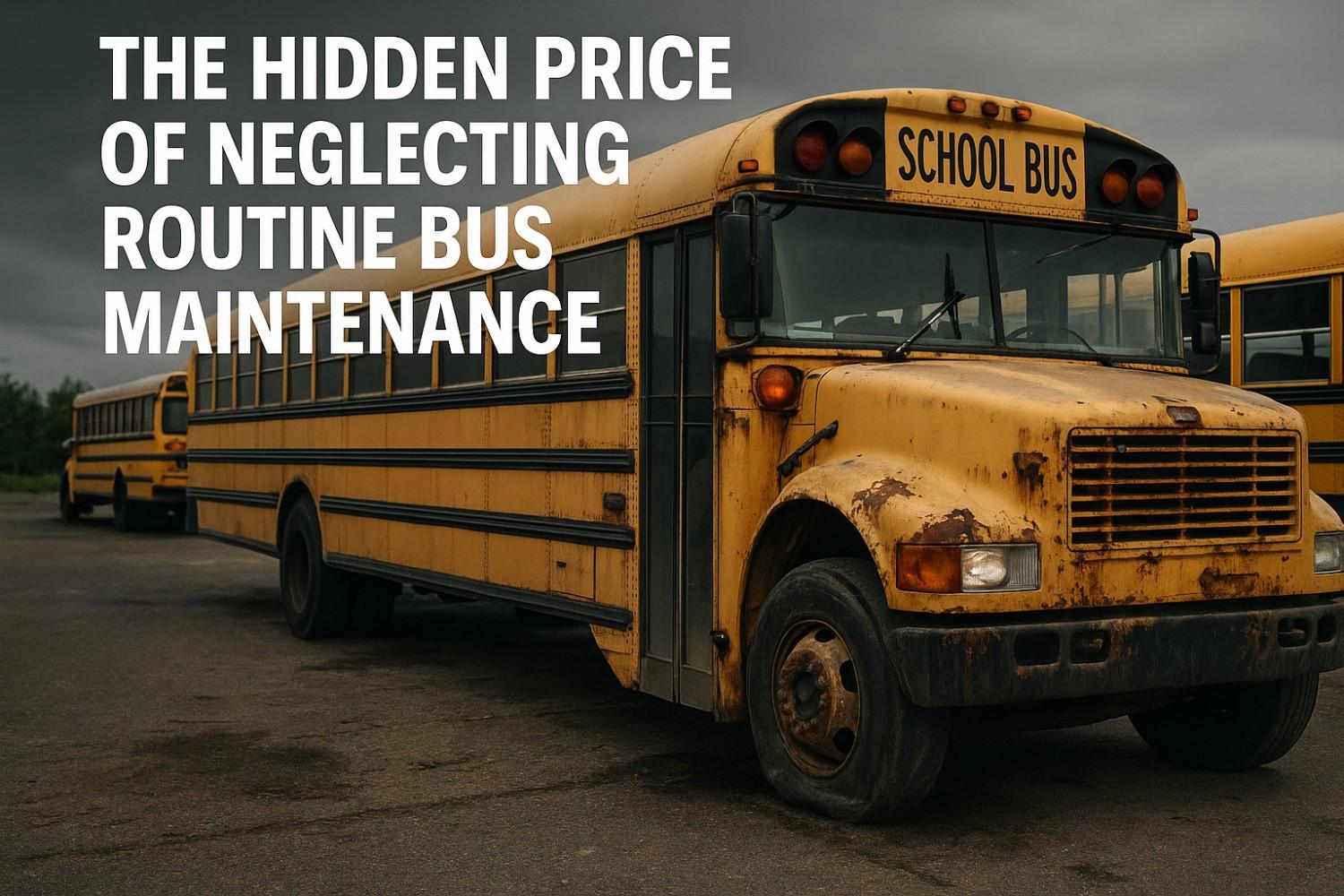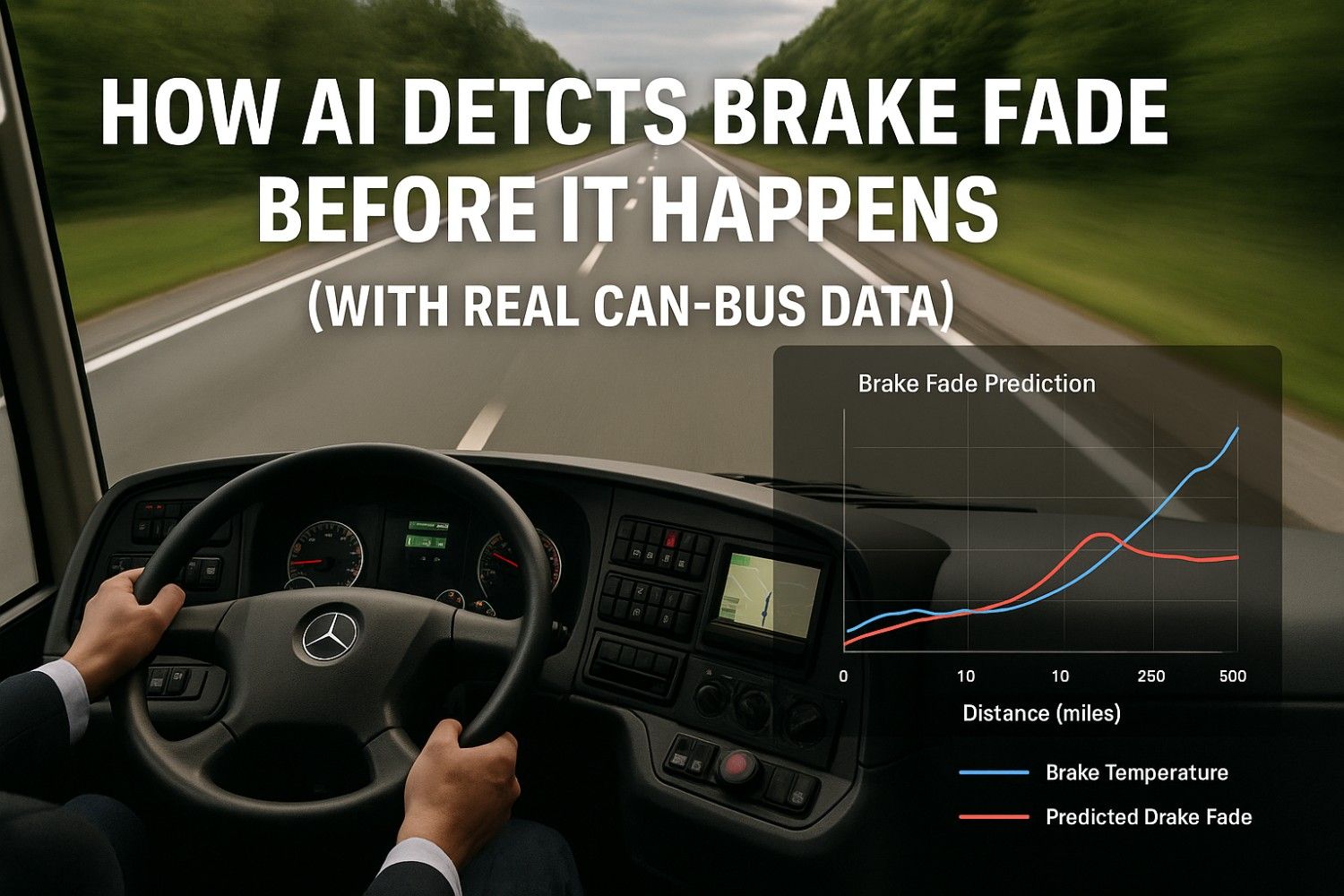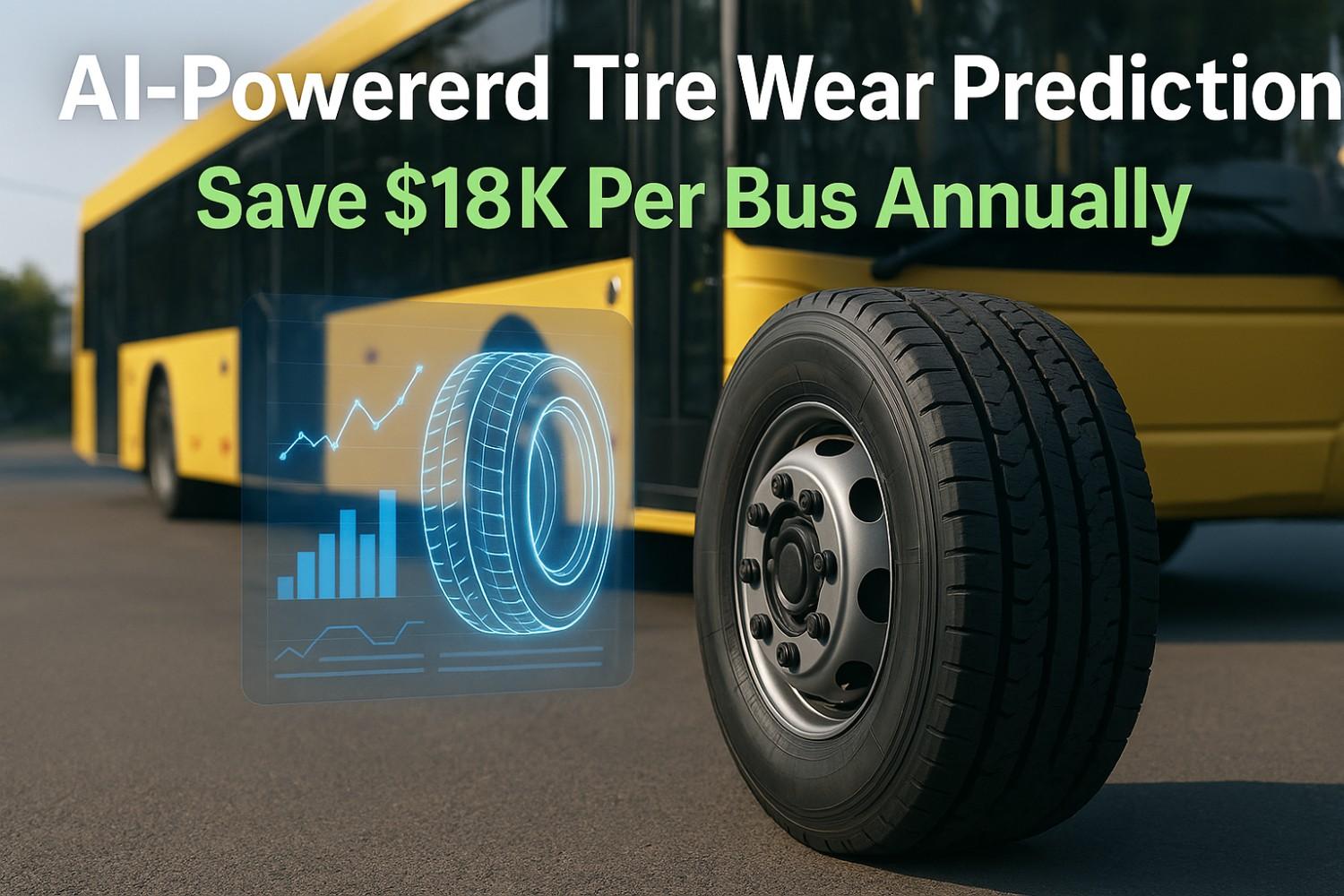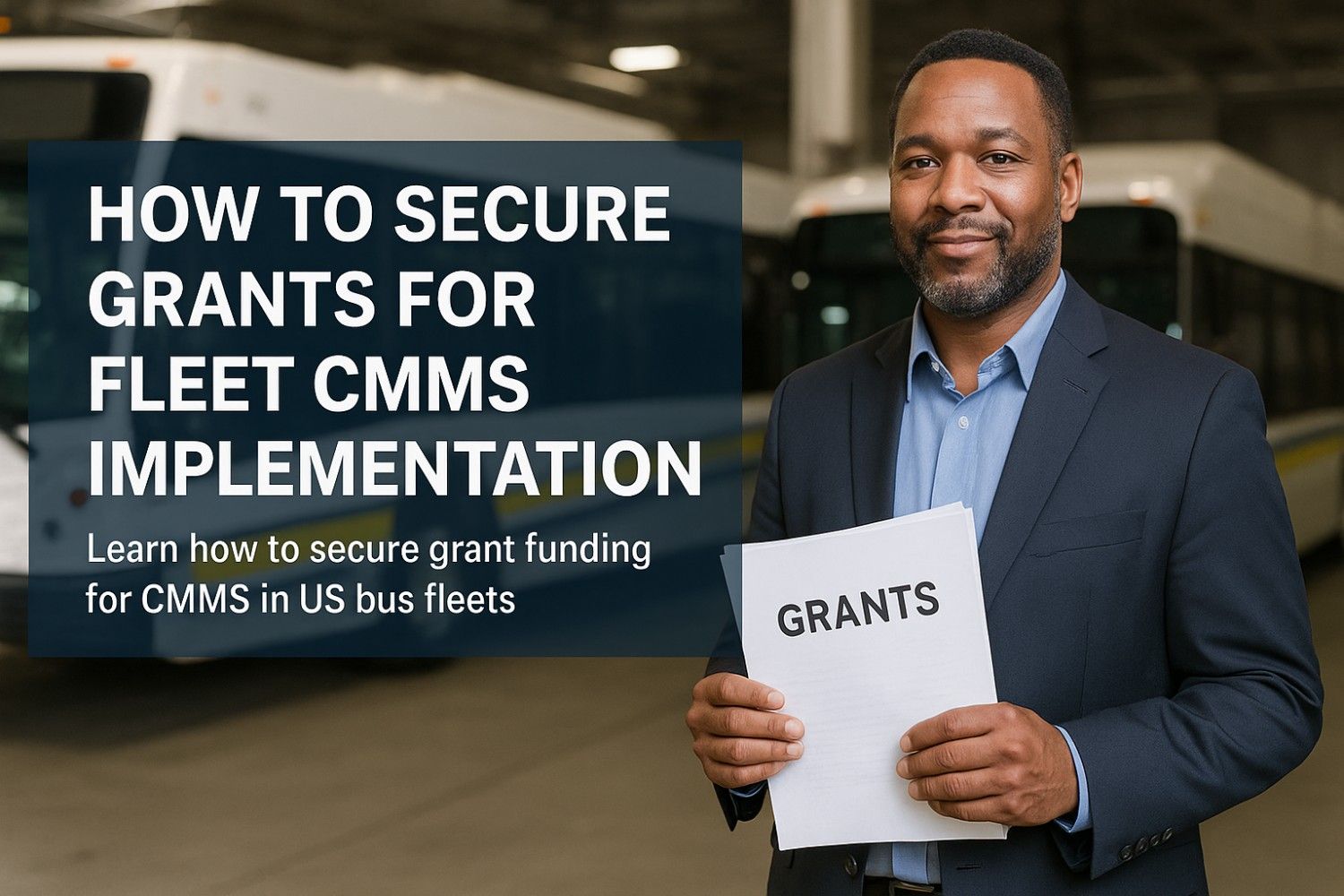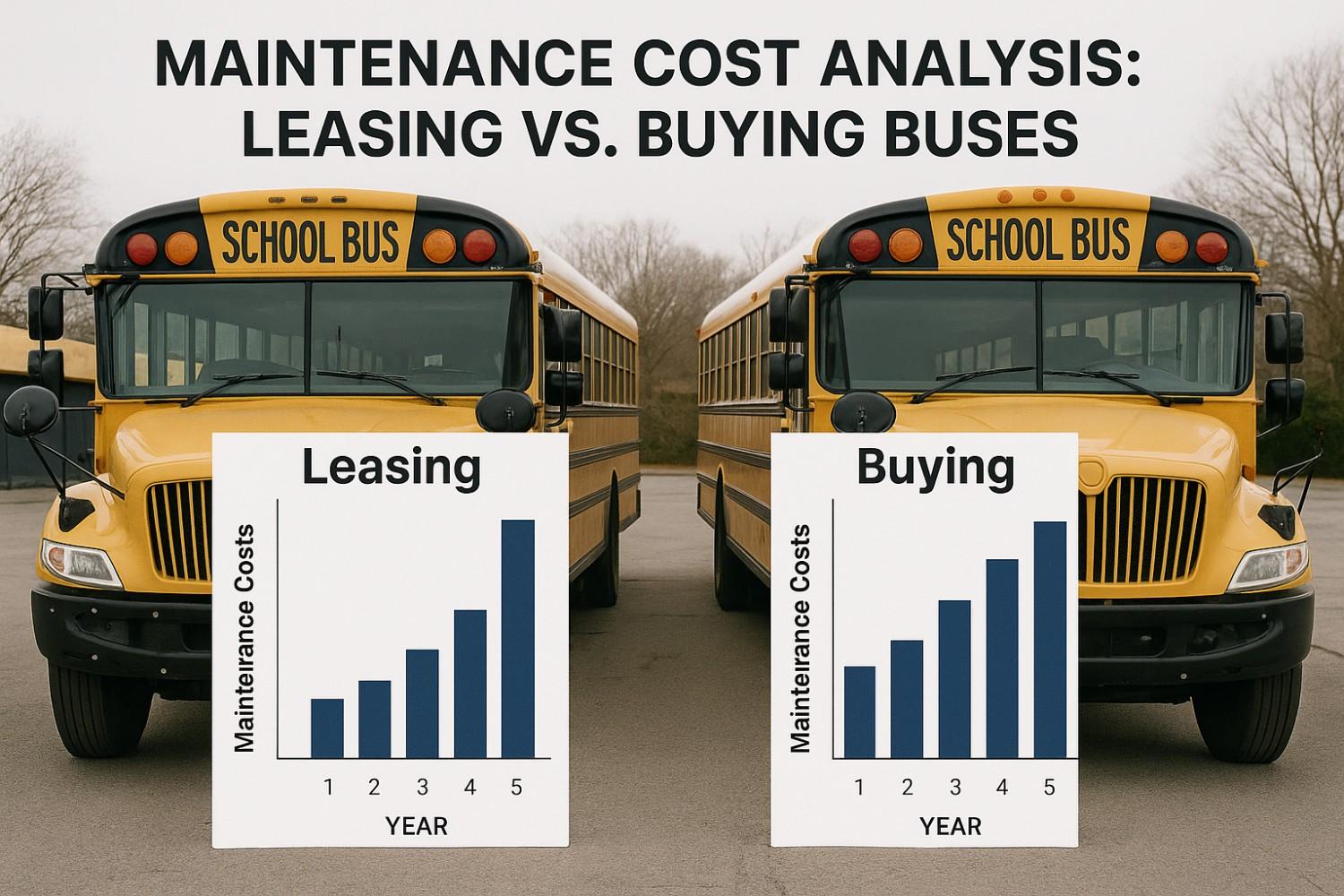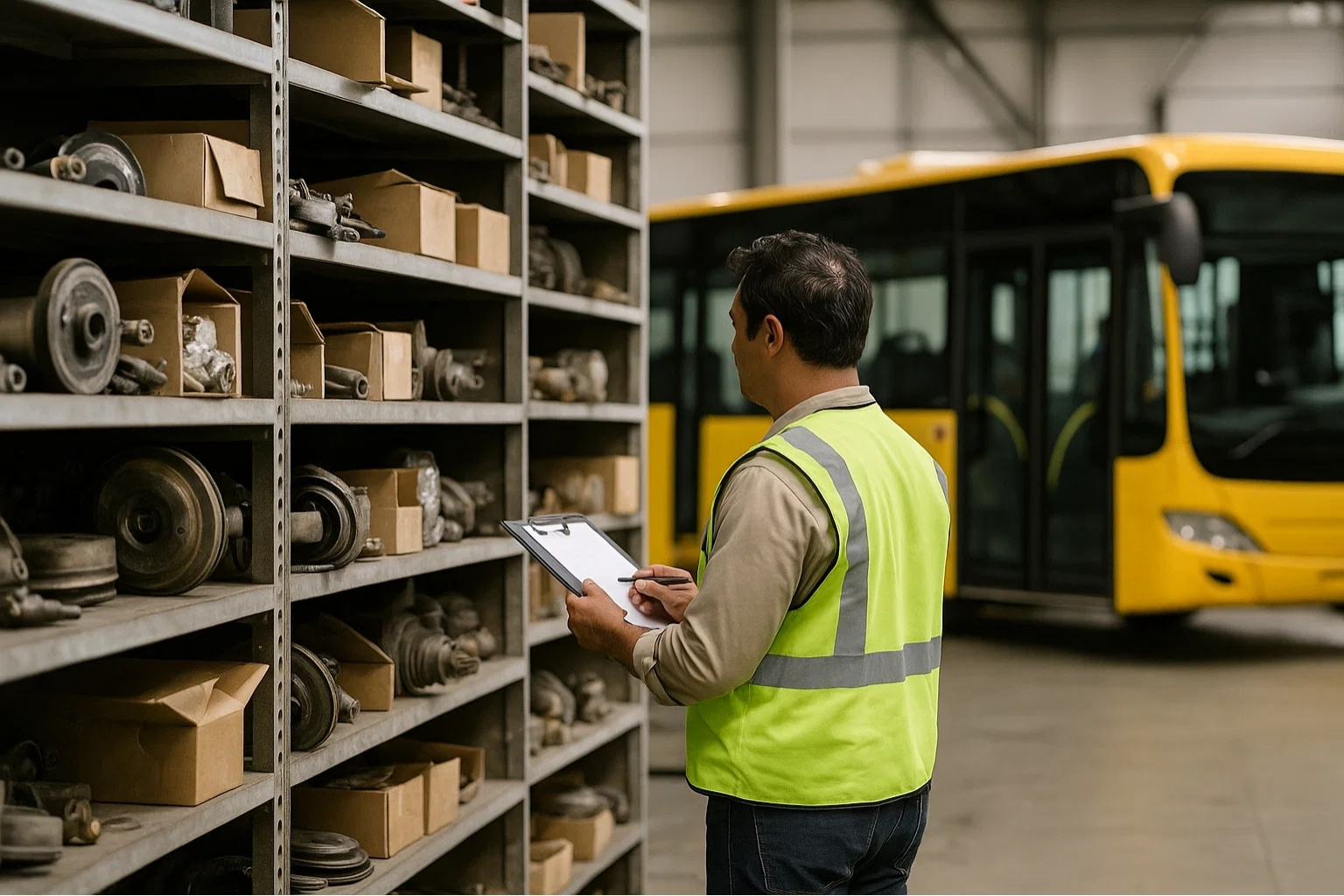Every fleet manager has faced it: that sinking feeling when a bus breaks down mid-route, stranding passengers, and derailing the day's operations. What many don't realize is that this single incident is just the tip of the iceberg. Behind that breakdown lies a cascade of hidden costs that can quietly drain thousands—sometimes hundreds of thousands—of dollars from your operation each year.
For US manufacturing professionals managing bus fleets, whether for employee transportation, school systems, or transit operations, the true cost of neglecting routine maintenance extends far beyond the visible repair bills. It seeps into fuel inefficiency, accelerated vehicle depreciation, regulatory penalties, safety liability, and operational disruptions that compound over time. The question isn't whether you can afford preventive maintenance—it's whether you can afford not to implement it.
This isn't just about following a maintenance schedule. It's about understanding the financial impact of every skipped oil change, every ignored warning light, and every "we'll get to it next month" decision. Let's break down the real costs that are likely affecting your bottom line right now, even if you haven't noticed them yet.
The Compounding Cost of Emergency Repairs
When you skip routine maintenance, you're not avoiding costs—you're multiplying them. A $150 oil change that gets postponed can lead to engine damage costing $8,000 to repair. A worn brake pad that should have been replaced for $200 can destroy a rotor, turning a simple maintenance task into a $1,500 repair job.
Here's what most fleet managers don't account for: emergency repairs aren't just more expensive because of parts and labor. You're also paying premium rates for urgent service, overtime mechanic fees, expedited parts shipping, and the cost of rental vehicles or route cancellations while your bus sits in the shop. One fleet operator in Ohio calculated that their emergency repair costs were running 3.5 times higher than equivalent preventive maintenance would have cost.
The mathematics are brutal. If you manage a fleet of 50 buses and delay routine maintenance on just 20% of them, you're potentially facing tens of thousands in avoidable emergency repairs each year. And that's before considering the ripple effects on your entire operation. See how automated maintenance scheduling can prevent these costly breakdowns before they happen.
Operational Disruptions and Lost Productivity
A bus breakdown doesn't just cost money in repairs—it costs money in chaos. When a vehicle fails mid-route, everything stops. Routes get delayed, passengers are stranded, replacement vehicles must be scrambled, and your entire schedule dominoes into disarray. For employee shuttle services, this means workers arriving late to their shifts. For school systems, it means parents scrambling for alternate transportation and administrators fielding angry calls.
The hard numbers tell a sobering story. A single unplanned breakdown can cost an average of $8,500 when you factor in towing, emergency repairs, route disruptions, and lost service hours. For manufacturing facilities relying on buses to transport shift workers, a breakdown during shift change can halt production lines, creating costs that dwarf the repair bill itself.
But there's another cost that's even harder to quantify: reputation damage. When your buses consistently break down, people notice. Employees lose faith in the shuttle service. Parents pull their children from bus routes. Transit riders switch to alternatives. Once you've earned a reputation for unreliability, winning back trust takes years, not weeks. Modern fleet management systems help you maintain consistent reliability and build trust with your stakeholders.
Stop letting hidden maintenance costs drain your budget. Discover how modern CMMS technology can help you transition from reactive repairs to predictive maintenance, saving thousands while improving fleet reliability.
Getting StartedBook a Demo
Fuel Waste from Poorly Maintained Vehicles
Here's a cost that sneaks up on fleet managers month after month: fuel inefficiency from neglected maintenance. A bus with dirty air filters, misaligned wheels, underinflated tires, or aging engine components can consume 15-25% more fuel than a properly maintained vehicle. For a single bus traveling 12,000 miles annually, that's an extra $2,000 to $3,500 in fuel costs per year.
Multiply that across your fleet, and the numbers become staggering. A 50-bus fleet could be hemorrhaging $100,000 to $175,000 annually just in excess fuel consumption. That's money flowing directly out of your budget and into gas tanks because of maintenance shortcuts.
The worst part? This cost is invisible until you start tracking it. Unlike a broken transmission that forces immediate action, fuel inefficiency creeps up gradually. Your fuel bills increase slowly over months, and without detailed tracking, it's easy to attribute the increase to market prices rather than vehicle condition. By the time you notice something's wrong, you've already wasted thousands of dollars. Request a demo to see how real-time monitoring can identify fuel waste patterns in your fleet.
Accelerated Depreciation and Shortened Vehicle Lifespan
A school bus should last 12-15 years under normal conditions. But neglect routine maintenance, and you're looking at 8-10 years—or less. That's not just inconvenient; it's financially devastating. When you have to replace your fleet vehicles 30-40% sooner than planned, you're forcing massive, unbudgeted capital expenditures years before you should need them.
Consider the real numbers: A new school bus costs between $90,000 and $150,000. If poor maintenance forces you to replace buses at year 10 instead of year 15, you're losing 5 years of productive life per vehicle. For a 50-bus fleet, replacing vehicles 5 years early means an additional $4.5 million to $7.5 million in capital costs over a 15-year period. That's money that could have been saved simply by investing in consistent preventive maintenance.
There's another angle here that's often overlooked: resale value. Well-maintained buses with complete service records command significantly higher resale or trade-in values. A bus with documented preventive maintenance history might retain 30-40% of its original value after 10 years, while a poorly maintained equivalent might fetch only 15-20%. Over the life of a fleet, that difference represents hundreds of thousands in lost equity. Comprehensive maintenance tracking systems automatically document your service history, protecting your fleet's resale value.
Regulatory Compliance Failures and Liability Risks
Federal Motor Carrier Safety Administration (FMCSA) regulations aren't suggestions—they're legal requirements with teeth. Failing vehicle inspections due to maintenance neglect can result in immediate out-of-service orders, fines ranging from $1,000 to $15,000 per violation, and potential criminal liability if negligence contributes to an accident.
But the real financial nightmare comes when poorly maintained vehicles are involved in accidents. If an investigation reveals that neglected maintenance contributed to a crash, you're not just facing repair costs—you're facing potential lawsuits, astronomical insurance premiums, and possibly losing your operating authority. One major accident linked to maintenance negligence can cost millions in legal settlements and create years of increased insurance costs that dwarf any maintenance budget savings.
Fleet insurance companies are increasingly using maintenance records as underwriting criteria. Fleets with poor maintenance documentation face higher premiums—sometimes 25-40% higher than fleets with exemplary records. That's an annual penalty that continues year after year, all because maintenance was treated as optional rather than essential. Stay compliant and protect your operation with automated compliance tracking that ensures you never miss a required inspection.
The Solution: Investing in Preventive Maintenance Systems
The good news? Every cost we've discussed is preventable. Modern fleet management requires more than good intentions and paper maintenance logs—it requires systematic approaches powered by technology designed specifically for fleet operations.
Computerized Maintenance Management Systems (CMMS) have transformed how leading US fleets manage maintenance operations. These platforms automatically track maintenance schedules, send reminders before services come due, maintain complete vehicle histories, and provide data analytics that help you identify problems before they become breakdowns.
The return on investment is compelling. Fleets implementing comprehensive CMMS solutions typically see 25-30% reductions in maintenance costs, 40-50% decreases in emergency repairs, and significant improvements in fuel efficiency and vehicle lifespan. One school district in Texas reported saving $127,000 in their first year after implementing a structured preventive maintenance program supported by CMMS technology. Schedule a personalized demo to calculate potential savings for your specific fleet.
The transition from reactive to preventive maintenance isn't just about technology—it's about adopting a culture where maintenance is viewed as an investment rather than an expense. It means training staff to identify early warning signs, establishing clear maintenance protocols, and using data to continuously improve your approach. Get started today with a solution designed specifically for US bus fleet operations.
The hidden price of neglecting routine bus maintenance isn't really hidden at all—it's just distributed across so many line items that it's easy to miss. Emergency repairs, operational disruptions, excess fuel consumption, premature vehicle replacement, and regulatory penalties all trace back to the same root cause: treating maintenance as optional.
For US manufacturing professionals managing bus fleets, the path forward is clear. Invest in systematic preventive maintenance supported by modern CMMS technology. The alternative—continuing to pay the compounding costs of neglect—is a luxury that no operation can afford. The question isn't whether you'll pay for maintenance. The question is whether you'll pay a little now or a lot later.
Frequently Asked Questions
Q: How much can poor maintenance actually cost a bus fleet annually?
A: The costs vary by fleet size, but are substantial. A 50-bus fleet neglecting routine maintenance can face $100,000+ in excess fuel costs, $50,000-150,000 in emergency repairs, and accelerated depreciation costs exceeding $500,000 over the fleet's lifetime. When you add operational disruptions, insurance premium increases, and potential regulatory penalties, total hidden costs can easily exceed $250,000 annually for a mid-sized fleet.
Q: What's the difference between preventive and reactive maintenance costs?
A: Preventive maintenance costs are typically 40-45% lower than reactive (emergency) maintenance for equivalent repairs. For example, a scheduled $150 oil change prevents a $8,000 engine replacement. Beyond direct costs, preventive maintenance eliminates expensive downtime, emergency service premiums, expedited parts shipping, and operational disruptions that can multiply costs by 3-4 times.
Q: How does a CMMS system help reduce maintenance costs?
A: CMMS (Computerized Maintenance Management Systems) automate maintenance scheduling, prevent missed services, maintain complete vehicle histories, and provide predictive analytics. Fleets using CMMS typically see 25-30% reduction in overall maintenance costs, 40-50% fewer emergency repairs, improved fuel efficiency, and extended vehicle lifespans. The system pays for itself within the first year through avoided emergency repairs alone. Book a demo to see how it works for your fleet.
Q: What are the biggest hidden costs of skipping routine bus maintenance?
A: The top hidden costs include: 1) Fuel waste (15-25% higher consumption) costing $2,000-3,500 per vehicle annually, 2) Accelerated depreciation shortening vehicle life by 30-40%, 3) Emergency repair premiums costing 3-4x more than preventive maintenance, 4) Operational disruptions averaging $8,500 per breakdown, and 5) Increased insurance premiums (25-40% higher) due to poor maintenance records.
Q: How quickly can a fleet see ROI from implementing preventive maintenance programs?
A: Most fleets see measurable ROI within 6-12 months of implementing structured preventive maintenance programs. Initial savings come from reduced emergency repairs and improved fuel efficiency. Long-term benefits include extended vehicle lifespans, lower insurance premiums, better resale values, and avoided regulatory penalties. Many fleet managers report that their preventive maintenance program pays for itself multiple times over within the first year through avoided emergency repairs alone. Start your free trial to begin seeing results.
